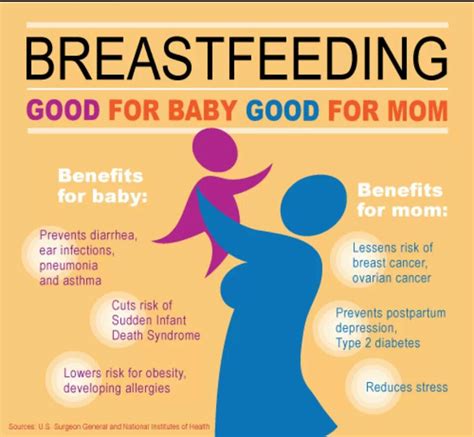Net tangible assets are crucial for measuring the financial performance and health of a company. They represent the physical assets owned by a business after deducting intangible assets like goodwill and patents. For instance, a manufacturing company’s net tangible assets may include equipment, inventory, and land.
Understanding net tangible assets is essential for investors and creditors assessing the true value of a company. Net tangible assets are less susceptible to overvaluation compared to intangible assets, providing a better indicator of a company’s underlying financial strength. Historically, the concept of net tangible assets evolved from the traditional focus on tangible assets, which were deemed more reliable for financial analysis.


